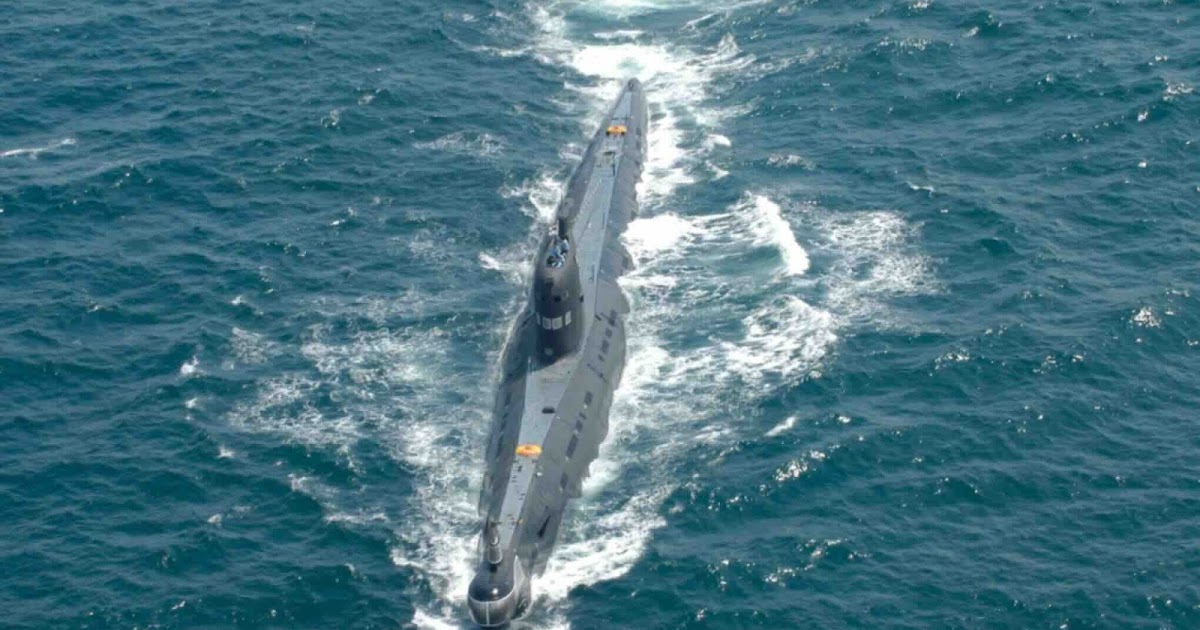
Velmenni addressed the problem of transmitting data between submarines and the control centre
By Vikas Gupta
Defence News of India, 16th July 24
Amongst the high-tech defence companies awarded the “Innovations for Defence Excellence” (iDEX) award, a Ministry of Defence (MoD) financial incentive for cutting-edge defence research and development (R&D), is a small, Delhi-based company called Velmenni.
The grant was awarded last year, but since the disbursement is milestone-based it is still being paid out.
The iDEX programme aims to foster innovation in India’s defence economy by identifying cutting-edge technologies such as Velmenni’s Li-Fi and matching them with requirements raised by other companies, under MoD projects such as “Make in India”, “Start-up India” and the “Atal Innovation Mission” (AIM).
For obtaining iDEX funding, which must be matched by the winner, a defence firm must provide a solution to a “defence challenge”, identified by another company. A list of these “defence challenges” is then promulgated and companies are invited to provide technical solutions.
Velmenni addressed one of the Indian Navy’s longstanding problems relating to the transmitting of data between their submarines and the control centre. After a submarine returns from patrol or surveillance, it is required to transfer large volumes of data, amounting to several terabytes, to the submarine command centre.
Radio frequency (RF) data cannot be transmitted securely, since it is vulnerable to interception. To transfer data safely, a physical cable connection must be laid from the submarine to the command centre. Since the submarine would typically be docked at a distance of over 200 meters from the command centre, the submariners have to physically lay down a cable to extract the data. Velmani offered to transfer the data wirelessly, in a fully secured manner and proved they could technically do so.
Ujjwal Minocha, Velmenni’s co-founder and chief operating officer, explains this was done using the technology that he called “light fidelity” (Li-Fi). This involves using light to transmit data rather than the insecure RF band.
“The iDEX grant is a testament to the potential of our Li-Fi technology,” said Deepak Solanki, chief executive officer, Velmenni, “With these resources, we are poised to revolutionise wireless communication, ensuring secure and efficient data transmission using light.
“Li-fi uses both parts of the light spectrum, visible and invisible, to transmit data from one point to another. Since, data is made up of zeros and ones, it can be transported through multiple mediums. While RF has been most widely used for this, light communication has also been in existence, such as in optic fibre cables, where data travels through light only,” says Solanki.
Light Fidelity was first heard of in 2011, when it was raised by Professor Harald Haas of the University of Edinburgh, while researching alternate source of wireless communication.
“The MoD grant strongly validates Li-Fi’s potential to address the Navy’s communication challenges in harsh defence environments,” says Minocha.
When Velmenni was launched, fund-raising for deep-tech business in India was a major challenge and the company set about exploring opportunities overseas.
Looking at the merit of the technology Velmenni was given an opportunity to be incubated with airbus in Toulouse. This gave the company a credible head-start and it set up its first office in Estonia.
“Estonia is one of the best countries in the world for R&D into deep tech,” said Minocha. “Most big telecom companies, from Ericsson to Huawei to Nokia, they all have an R&D presence in Estonia.”
According to the MoD, “This grant targets strengthening secure wireless communication for the Indian defence sector, especially the navy, addressing communication challenges in modern warfare.”
“Velmenni’s Li-Fi technology offers superior security and efficient performance, making it ideal for the real-time communication needs of the Indian Navy. The company’s interventions position it as a leader in light communication with the potential to illuminate a new era of data transmission for the Navy and in other defence applications,” says the MoD.






